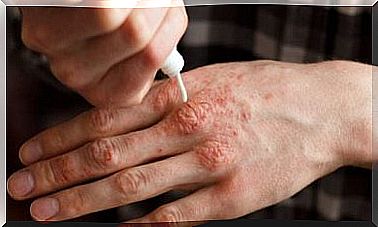Attention Deficit Hyperactivity Disorder

As its name suggests, attention deficit hyperactivity disorder or ADHD is a neurobiological disorder that manifests during childhood. In general, it affects over 5% of children worldwide and more than 6% of children in Romania. In addition, it is more common in boys than in girls.
Fortunately, studies have shown that attention deficit hyperactivity disorder can respond well to early diagnosis and appropriate treatment. So, let’s find out more about this disorder!
Attention deficit hyperactivity disorder
CAUSE
Due to the complexity of this disorder, no single cause has been identified. In essence, it is a heterogeneous disorder with several subtypes that results from various risk factors.
Experts do not know exactly what causes attention deficit hyperactivity disorder. However, they found that genetic and environmental factors have a significant influence on its development. In this case, we are talking about prenatal, perinatal and postnatal factors.
In addition, 76% of ADHD is hereditary. This means that, on average, 76% of the factors associated with the disorder are related to genes and the rest to non-genetic elements.
It has also been shown that relatives of people with this neurological condition are five times more likely to develop it than those without a family history of the condition.
symptom

In essence, this disorder has three basic symptoms: inattention, hyperactivity, and impulsivity. These symptoms are manifested to a greater or lesser degree depending on the subtype of the disease.
Furthermore, for the symptoms of inattention, hyperactivity, and impulsivity to be associated with attention-deficit hyperactivity disorder, certain conditions must be met:
How can attention deficit hyperactivity disorder be treated?
First, psychological therapy helps control the symptoms of ADHD and improve the child’s performance.
However, attention deficit hyperactivity disorder in children and adolescents should be treated according to the needs of each patient. There is still no cure for ADHD. Therefore, treatment aims to relieve symptoms and reduce the risk of other associated disorders.
Specialists usually recommend a combined treatment for children and adolescents whose ADHD has a moderate or severe impact on daily life. It includes behavioral, pharmacological and psychological treatment and psycho-pedagogical intervention.
1. Psychological treatment

2. Psychopedagogical treatment
Psychopedagogical intervention is a fundamental pillar of combined treatment. Basically, it involves a series of interventions that range from improving the child’s academic performance to improving the school environment.
3. Pharmacological treatment
Pharmacological treatment helps to alleviate the underlying symptoms of attention deficit hyperactivity disorder. In general, it can lead to improved academic performance and behavior.
Also, pharmacological treatment improves the effect of psychological and psychoeducational interventions. Methylphenidate, which is a stimulant, is a popular drug that doctors prescribe in the treatment of ADHD.
Challenges of attention deficit hyperactivity disorder

Attention deficit hyperactivity disorder is common. However, it is often ignored or treated superficially.
Unfortunately, very few people are properly informed about ADHD disorder. In addition, many others mistakenly believe that ADHD is caused by a family or a disorganized school environment.
The lack of correct information about this disorder has direct consequences on patients and their families, friends and other people around the patients. Misinformation or lack of information leads to stigmatization, insensitivity and lack of consideration for affected children.









